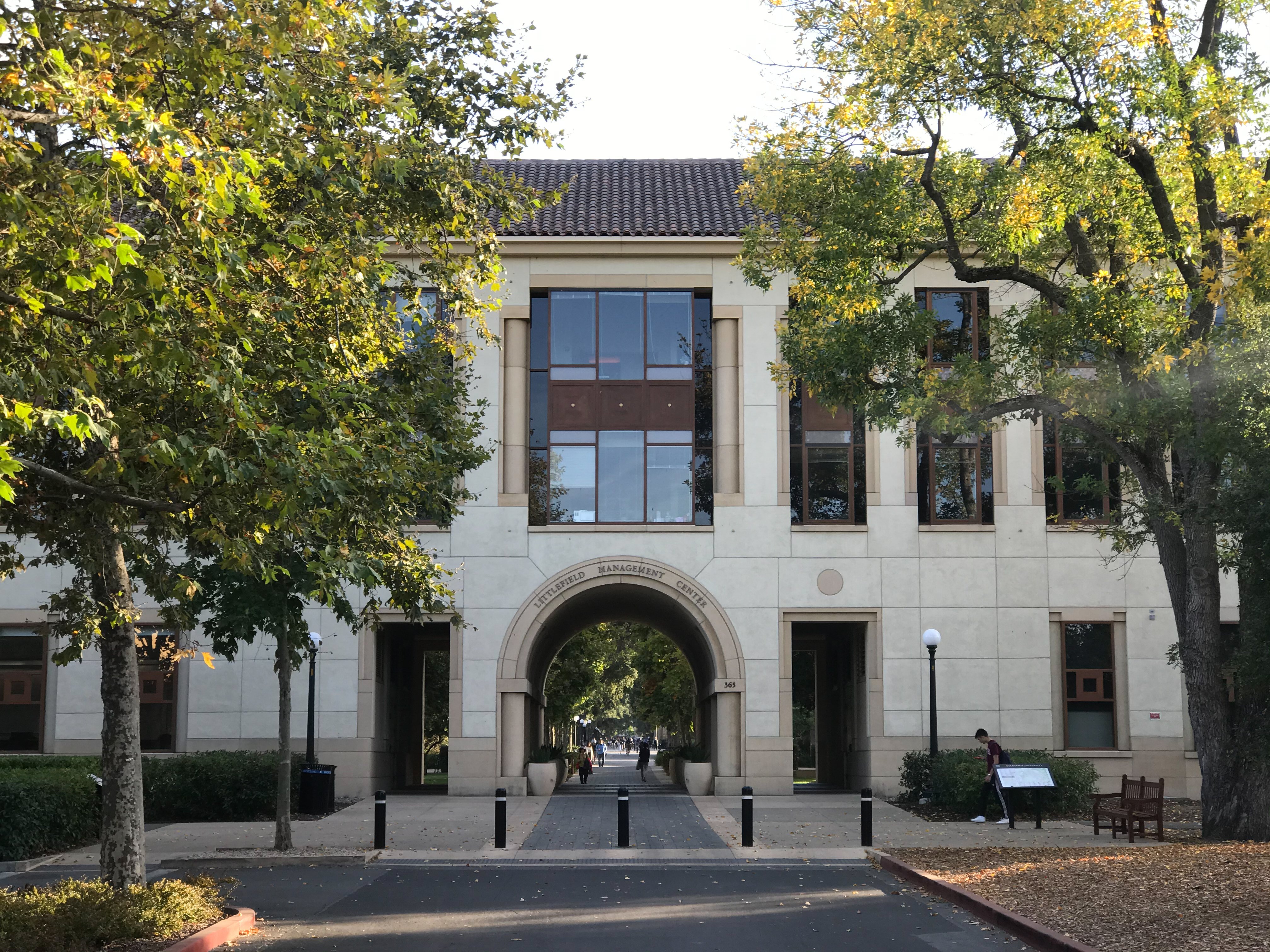The Stanford Management Company (SMC) — an entity that oversees the University’s endowment — issued its financial results last week, announcing a 6.5% investment return for the Merged Pool, a decrease from last year’s 11.3%. The decrease limits Stanford’s purchasing power, and according to the University’s Chief Financial Officer Randy Livingston MBA ’79, it means tighter operating budgets with less flexibility to fund new initiatives.
Provost Persis Drell wrote in an email to The Daily that because of the tightened budget, Stanford will find itself pressed to make more “strategic choices” and must “anticipate continued slower than accustomed growth in the years to come.”
To prepare for such situations, the University has developed a set of priorities for the upcoming fiscal year with the help of a faculty budget group. These priorities include undergraduate financial aid, mental health resources, increasing faculty diversity, housing (currently the Escondido Village graduate student housing project is the most visible housing project) and shared research platforms.
The endowment itself has increased from $26.5 billion at the end of the 2018 financial year to $27.7 billion in August. The growth of the endowment in absolute value, however, does not accurately indicate its impact on the University’s purchasing power.
“Once the impact of inflation is factored in, the university’s ‘purchasing power’ did decline (after the net payout to the university) very slightly,” wrote SMC CEO Robert Wallace in an email to The Daily.
Purchasing power forms the basis of one of the principles informing endowment payout, often referred to as intergenerational equity. For each gift to the University, the aim is to make gift’s purchasing power consistent with inflation. In order to accomplish this, the University puts some of its endowment payout into investments, which usually causes the gifts to rise in value with inflation and allows the fund to experience higher rates of growth.
“For example, the payout from a gift of an undergraduate scholarship in 1970 was enough to support a student in 1970,” Drell wrote. “Each year, some of the payout of that fund is reinvested so that the fund can support a student in 2019.”
Even though Stanford reinvested its endowment payout in the spirit of intergenerational equity, the rate of growth of endowment value did not meet the rate of inflation in 2019 because of the variability that comes with investment in capital markets.
At the end of the 2008-09 financial year, for instance, the investment return for the endowment merged pool was a negative 27.1% due to the 2008 financial crisis. In the year that followed, investment return soared to 13.1%, higher than the rate of return in 2019.
Wallace noted that the lowered rate could be attributed to the selection of dates for the annual report, given that endowment performance fluctuates over time. He added that the five-year investment performance has averaged 7.4% per year, while the 10-year performance has averaged 10.2% per year.
What is less variable than the reinvestment of endowment funds is that around five percent of the endowment is paid out to operations each year and that the University receives new gifts for its endowment. These two factors, though, have less of an impact on the endowment than investment return, according to Livingston.
Even if its effect on the endowment is less dramatic than that of reinvestment, endowment payout remains essential to supporting the university’s professorships, libraries and financial aid — to accounting for 20% of the University’s budget, according to the Stanford Endowment Fact Sheet.
In an effort to move forward from the declining endowment performance, Drell plans to stay “focused on keeping our core departments and schools strong aligning with the priorities of the long-range vision.”
This article has been corrected to reflect that last year’s investment return was 11.3%, not 9%, and to reflect that the financial results released were not the annual report. The Daily regrets these errors.
Contact Ajay Ravi at ajay4 ‘at’ stanford.edu.
